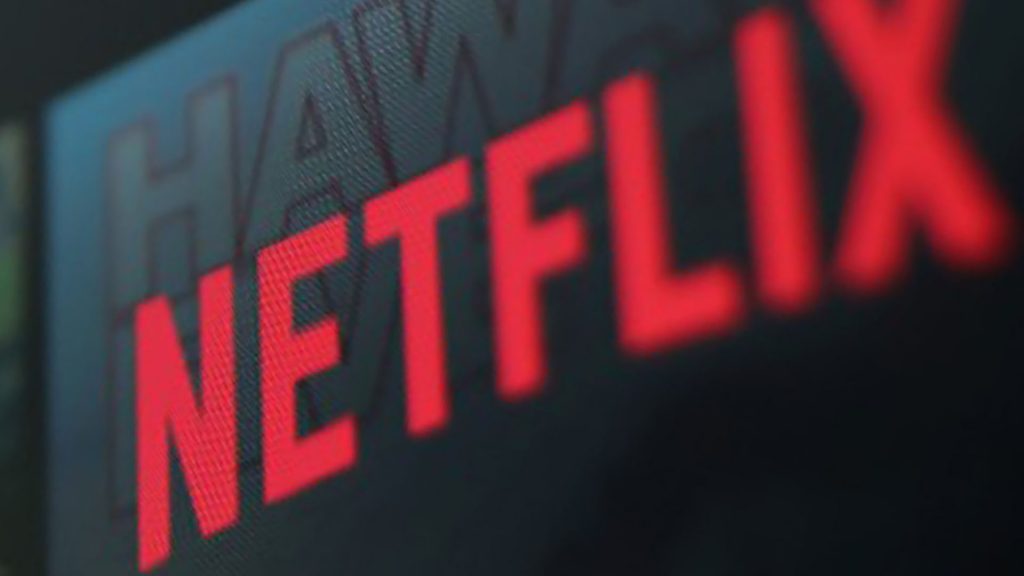Key Takeaway
Data isn’t just for driving engagement. Netflix is using its deep, AI-driven data insights to persuade top talent from the TV world and beyond to join its ranks as employees, as partners and as content creators. The result is a promising lineup of A-listers, top content and potentially an even more prominent seat at next year’s Golden Globes. Other streaming giants aren’t far behind in the race for talent.
Netflix has already made a name for itself as an AI pioneer with its advanced use of external data, customer data and machine learning algorithms to create one of the most customized and successful user experiences available. From original content to recommended shows, Netflix has created a winning strategy by analyzing every available data point to inform its strategy.
Now the streaming giant is taking their machine learning skills to the HR team and leaning on its extremely nuanced and proprietary data not only to help the team poach some of the best potential employees, but to close deals on content partnerships and creative initiatives. Many of these stars are coming from the TV world.
Netflix recently poached Emmy, Golden Globe, and Peabody Award-winning producer, director, and writer Ryan Murphy and his production company from Fox/FX for $300M. Murphy is the prolific TV producer behind many of the network’s biggest hits, including American Horror Story, American Crime Story, and Feud on FX. Before that, they successfully captured the famous Shonda Rhimes for a similar $100 million multi-year deal.
How did they get such high profile and well-respected TV veterans to make the jump into the streaming space? With data, of course.
Data doesn’t lie
As chief content officer Ted Sarandos quipped back in 2013, “The goal is to become HBO faster than HBO can become us.”
According to the International Business Times, in negotiating the deal with Murphy, “Netflix shared a great deal of data on how a number of his shows performed with audiences… ‘You might guess, from a bunch of other shows, who might like American Horror Story. I bet you wouldn’t guess that people who like Bob’s Burgers like American Horror Story. And it’s that thread of humor that [Murphy] threads through all his stuff that actually gives us the ability to broaden his audience beyond a single network.’”
Few other networks can offer such incredible insight into its potential audience. This sort of information helps Netflix present a guaranteed, engaged audience for these creatives, nearly on a silver platter.
Top talent continues to race toward new content platforms
Former chief of talent at Netflix Patty McCord revealed that learnings from massive layoffs after the burst of the dotcom bubble has left the desire for retaining top talent ingrained in the organization: “Our first big realization was that the remaining people were the highest performers, and it taught us that the best thing you can do for employees is hire only high performers to work alongside them. It’s a perk far better than foosball or free sushi or even a big signing bonus or the holy grail of stock options.”
As a result, the famous company culture at Netflix continues to track some of the most sought-after talent in the market. They’re not alone.
According to data from job boards, streaming giants like Netflix and Spotify are overtaking traditional entertainment companies in staff size and market share of employees.
LinkedIn compared total employee counts of the top 10 entertainment-industry companies in 2013 and 2018.
“Netflix moved up six spots on the list from No. 9 in 2013 to No. 3 this year, while Spotify moved from No. 12 to No. 6. Music streaming service Pandora also entered the top 10 after being previously unranked in 2013.”


